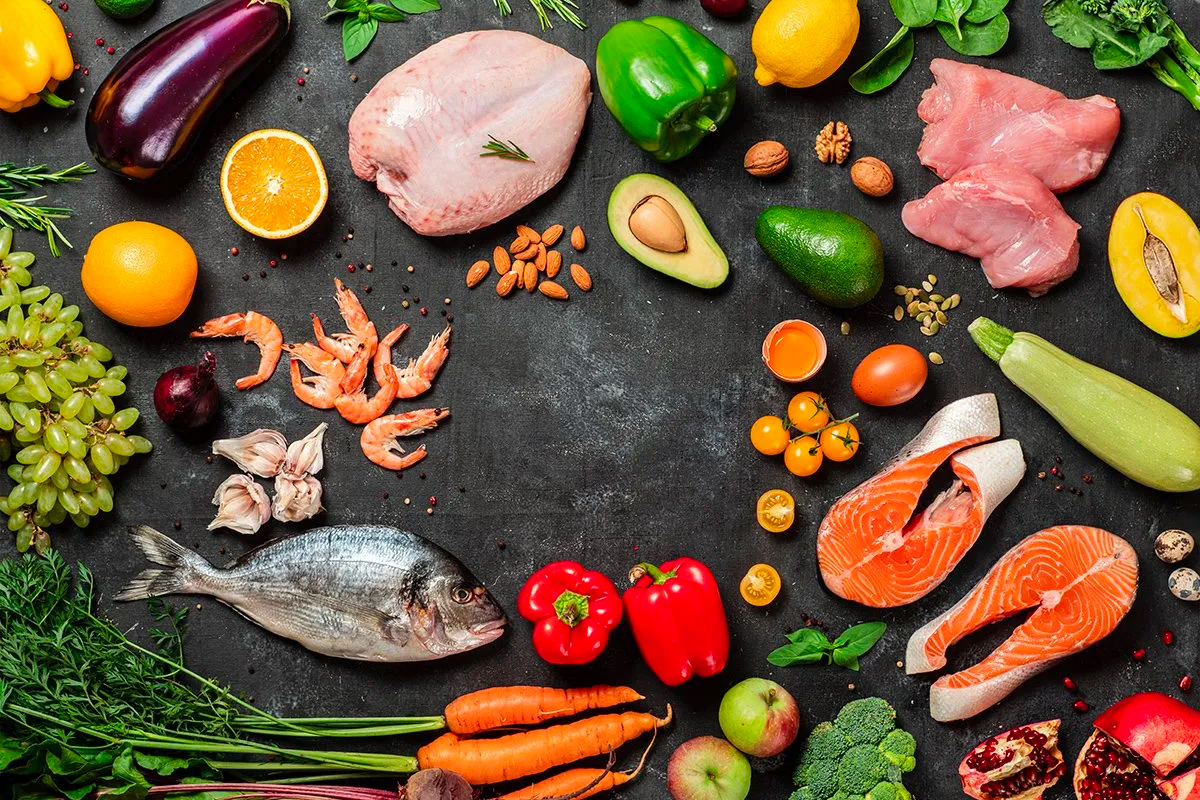
The Paleo diet, also known as the “caveman” diet, mirrors the dietary habits of our Paleolithic ancestors, emphasizing lean meats, fish, fruits, and vegetables while avoiding processed foods. Let’s uncover the core aspects of this ancient-inspired meal plan.
1. The Health Philosophy of Paleo:
- Advocates’ Perspective: Proponents argue that the Paleo diet mirrors our evolutionary history and offers health benefits such as increased fiber intake, improved immunity, and reduced risks of diseases like diabetes and obesity.
2. Paleo-Friendly Foods:
- Focus on Freshness: The diet prioritizes fresh meats, fish, eggs, avocados, root vegetables, and coconut oil, along with small amounts of honey. Emphasis is placed on organic, local, and “non-GMO” products like grass-fed beef, nuts, and seeds.
3. Foods Excluded from Paleo:
- Strict Exclusions: Paleo eliminates dairy, grains, legumes, refined sugar, salt, and processed foods. Even heart-healthy whole grains are prohibited, reflecting a commitment to the diet’s principles.
4. Weight Loss Potential:
- Effective Strategy: The Paleo diet is recognized for its efficacy in weight loss due to its emphasis on satiating foods that help control appetite, aiding in weight management.
5. Overcoming Challenges in the Paleo Journey:
- Commitment: Consistency is crucial, requiring individuals to resist temptations of conventional treats.
- Culinary Self-Sufficiency: Meal preparation demands a hands-on approach, which can be daunting for those with busy schedules.
- Taste Adaptation: Adjusting to the unique flavors of Paleo-approved foods may be challenging for those accustomed to conventional diets.
- Physical Activity: Regular exercise is recommended to complement the diet for enhanced weight loss results.
Conclusion:
Embarking on the Paleo diet entails challenges but promises rewards rooted in our ancient past. By embracing its principles and overcoming obstacles, individuals can experience the potential health benefits of this ancestral-inspired approach to nutrition.



